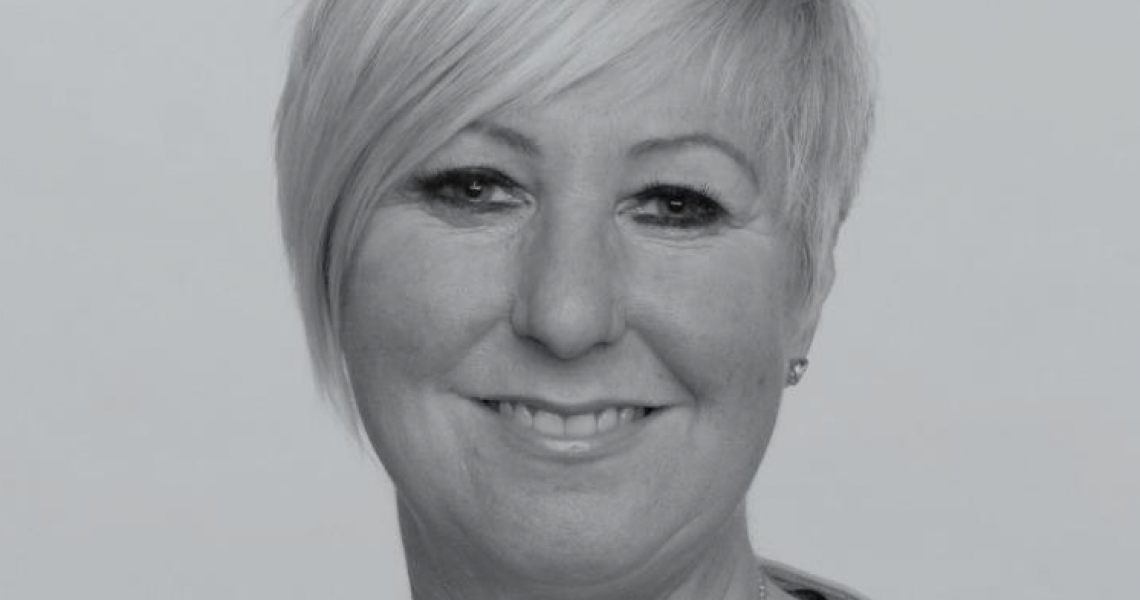As the trust strives to reduce infection rates, one of the most insidious pockets of resistance is the hospital bedding. Live organisms harvested from a typical hospital pillow include MRSA, C Difficile, Pseudomonas Aeruginosa and many more. Coming into intimate contact with the nose and mouth, the pillow plays a major role in the transmission of infections.
Method:
- The SleepAngel pillow consists of occlusive coated fabric, with welded seams as opposed to stitched seams, which have been found in the past to allow ingress, harbour and aerosolisation of pathogens as the pillow is deformed. To ventilate the pillow, and allow conformation, the pillow is provided with a nanofilter membrane (PneumaPure) which allows free passage of air, is proven to block water, bacteria, virus, fungus and dust mite allergens
- 100 new SleepAngel pillows were placed on hospital wards, alongside 100 standard pillows with occlusive covers and stitched seams. After 3 months service, pillows were withdrawn from the wards and sent to microbiological analysis.
Results of the pillow audit:
- After 3 months use, the majority of standard pillow interiors were found to be contaminated with a variety of potentially dangerous organisms, whereas the interiors of the SleepAngel pillows were all contamination-free. However, pathogens were isolated from the exteriors of some of both types of pillows, demonstrating that there were systematic failures in both cleaning and auditing pillows
- An additional finding was that, whereas 60% of the standard pillows had failed mechanically by 3 months, none of the SleepAngel pillows had failed, indicating potential cost saving associated with the adoption of SleepAngel.
Recommendations
- As a result of the from this evidence are clear: good practice in infection control in hospital should include the deployment of CE medical device infection control pillows such as SleepAngel, as well as diligence in cleaning and disinfection, together with the implementation of a pillow audit protocol.
The Trust has since converted to the SleepAngel pillow, as part of a raft of measures, including the adoption of pillow audit tool. Subsequently, hospital-acquired infection rates have fallen.
Presentation was held at Conference “Reducing HCAI’s: A JOURNEY TO ZERO TOLERANCE” in June 2013 by Diane Wake, Chief Operating Officer & Executive Nurse, Director of Infection Prevention and Control.

